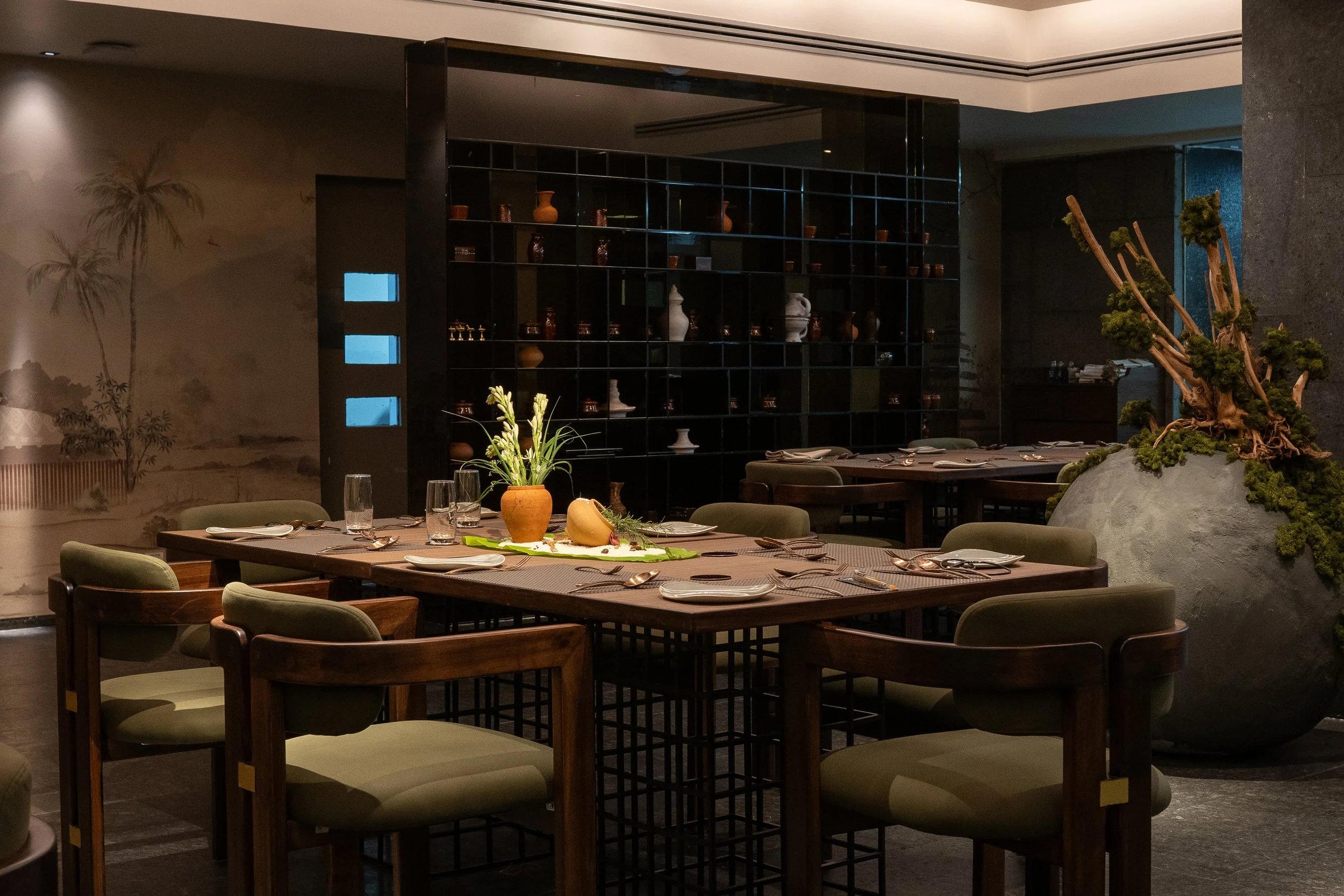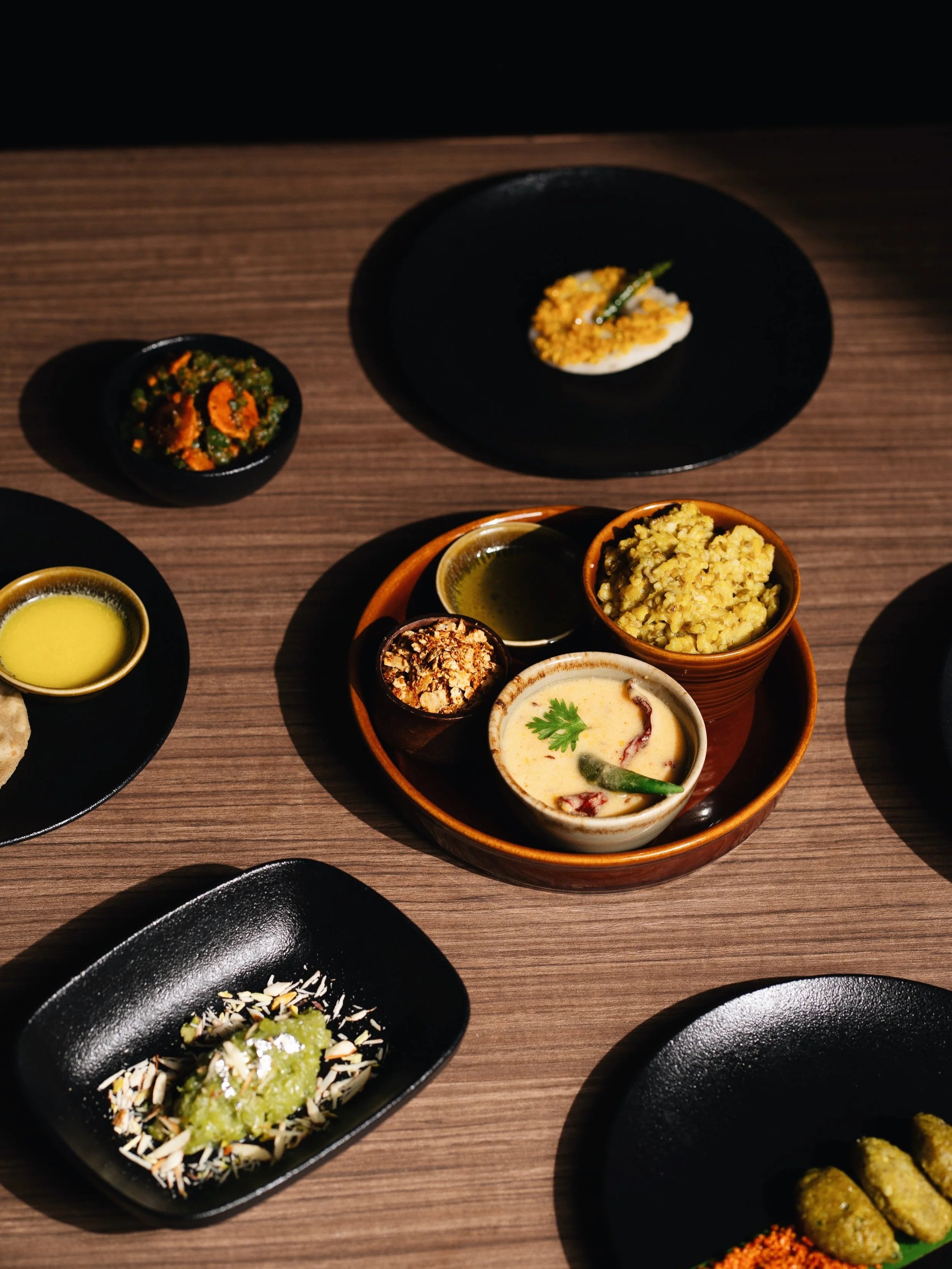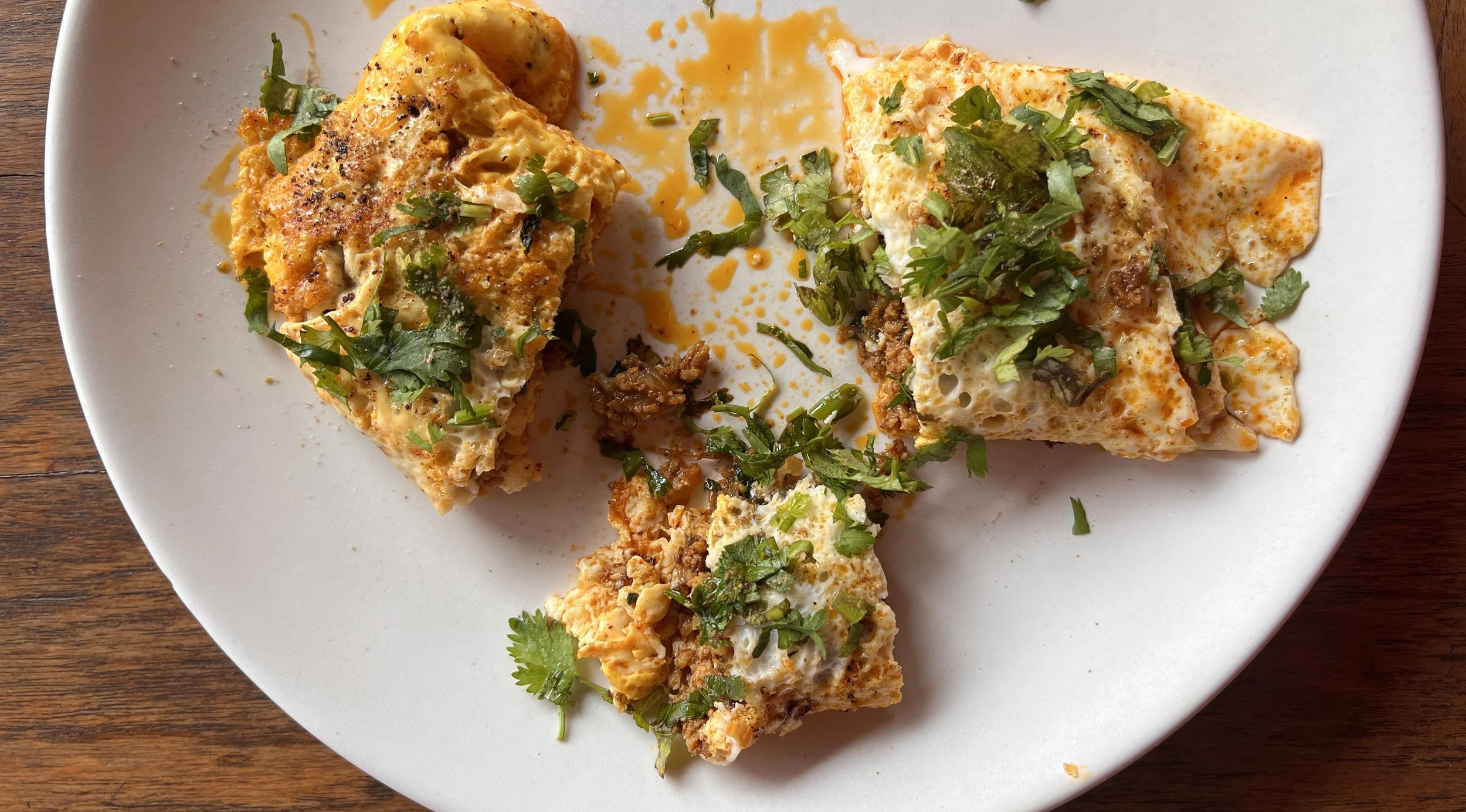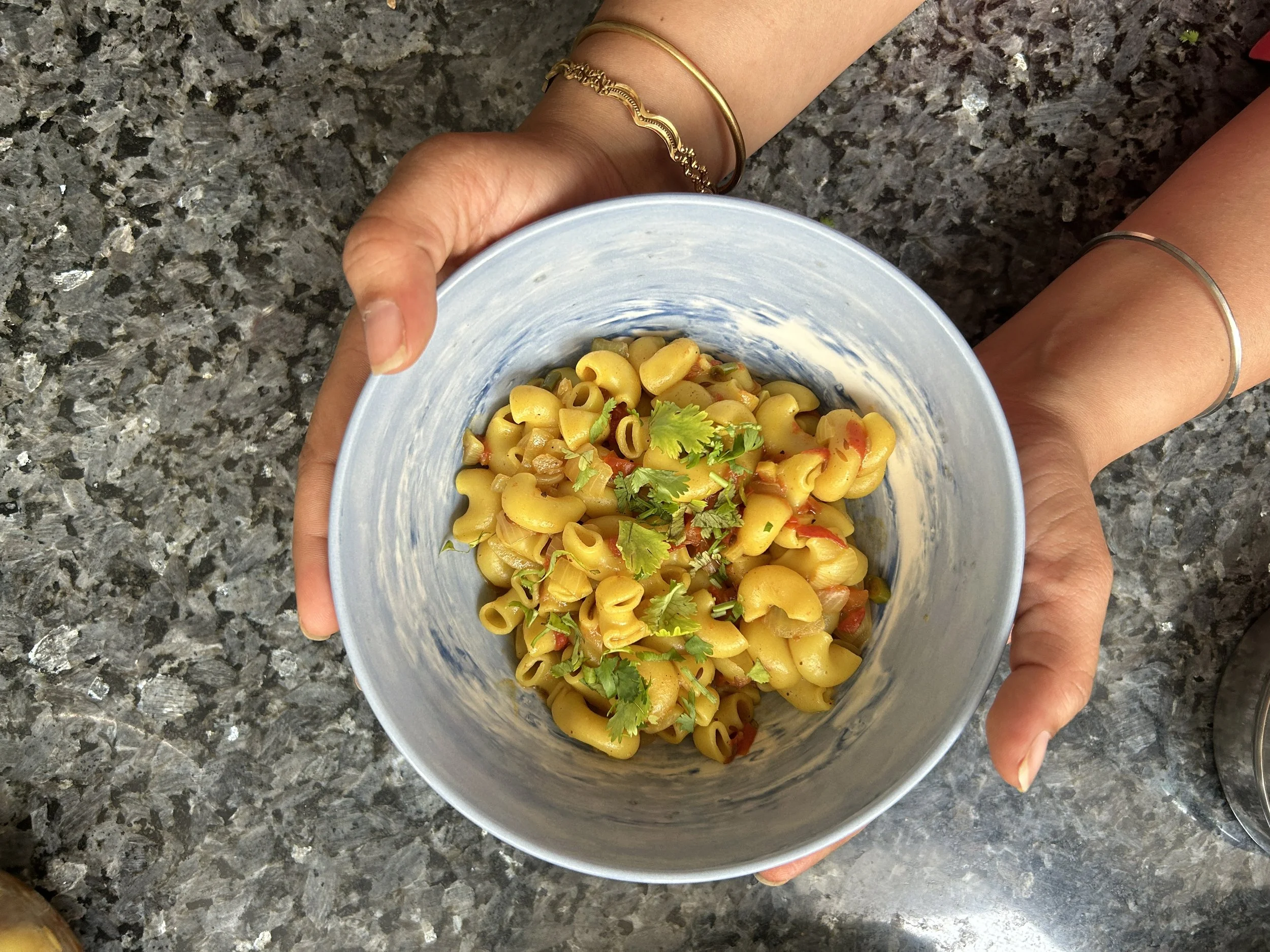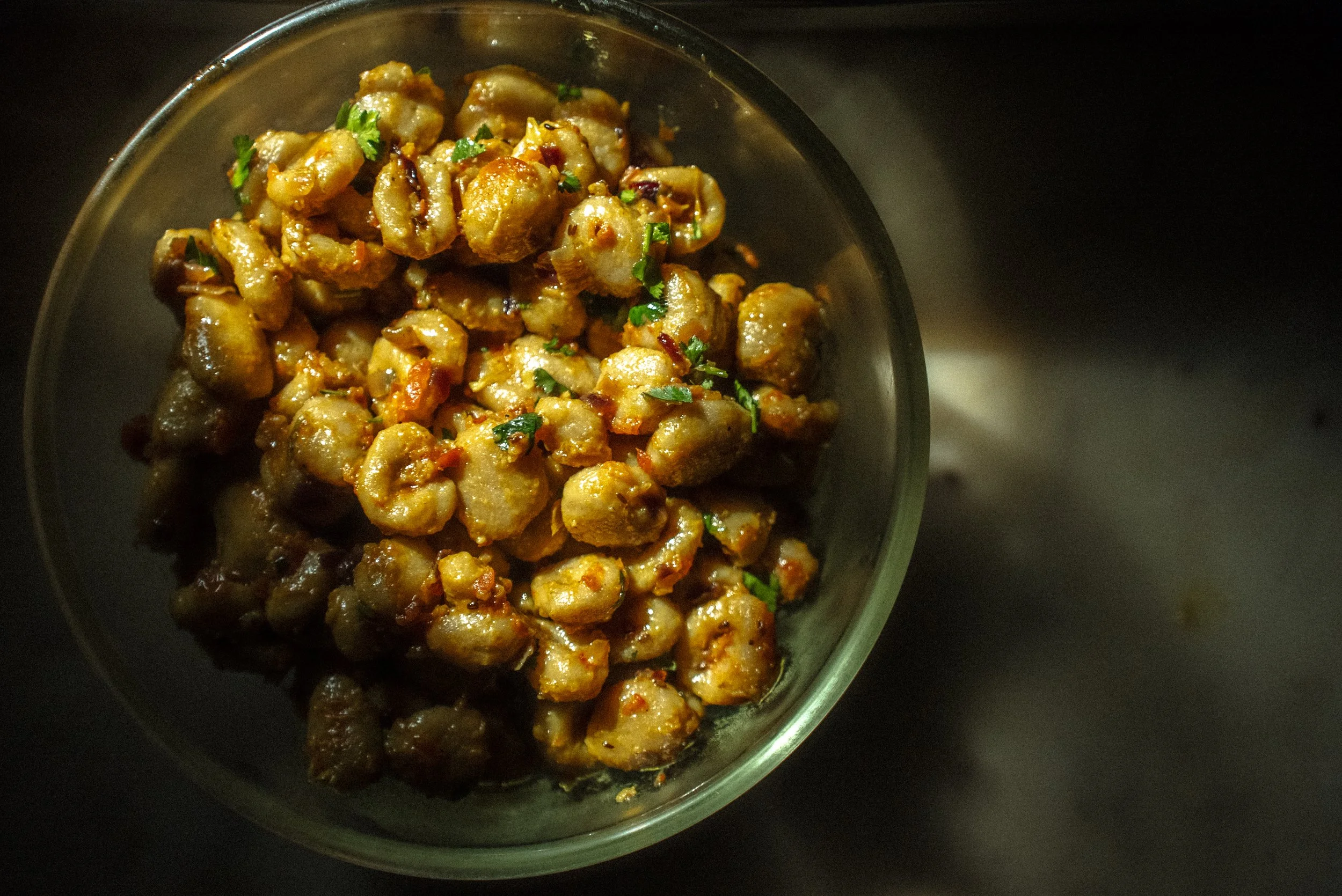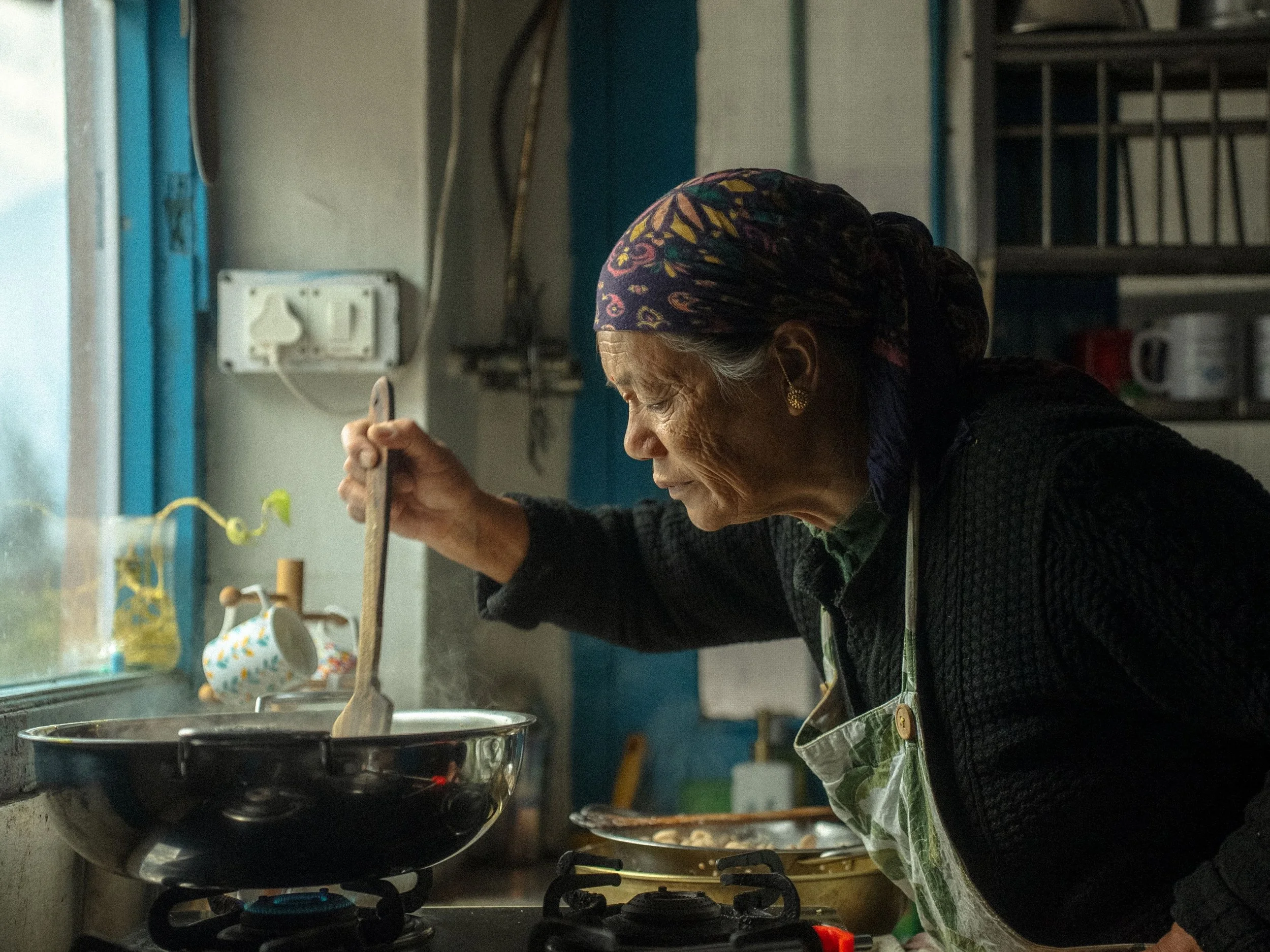Turning the spotlight on India's Microcuisines

Microcuisines reflect the landscapes they come from, telling stories of place through food. They play a crucial role in preserving native and wild ingredients while keeping traditional cooking methods and techniques alive. The space often faces a dilemma: the mainstreaming of microcuisines can dilute their authenticity, but traditional foods in underrepresented styles need to evolve so that they are not lost, finds Mradula Hegde.
“We make it with neer phanas too”
“What is neer phanas?”
“Breadfruit”
“Oh, nice. I never knew you used this vegetable too.”
“We do. People on the Konkan Coast do.”
My friend served me a plate of kaapa, a snack made from shallow-frying potato coated in a spice-laden semolina mixture. She belongs to the GSB community from Goa, who make various versions of this dish using brinjal, sweet potato, raw banana, among other vegetables. I put up a picture of the kappa as a story on Instagram, only to earn this comment from another friend who belongs to the same community, “We call it phodi in Mangalore.”
The snack, like many other Indian dishes, has different names and cooking techniques, dependent on region, community, or even sub-community. Kaapa, and its varied preparations serve as an example of microcuisine — the cuisine of a sub-region or sub-community that exists within the larger context of a country’s or region’s cuisine.
In India, microcuisines are rich, diverse, and delicious. Of late, there seems to be a conscious effort from people in the food and beverage space — chefs, home chefs, passionate storytellers and more — to champion these lesser-known microcuisines.
What’s In a Name?
“In a country as diverse as India, even saying “South Indian” or “North Indian” doesn’t do justice to the food we actually eat,” says Sanithra Raju, director of the non-profit Atria Foundation. “Microcuisines go a layer deeper — they’re the hyperlocal, community- or region-specific styles of cooking that reflect how people have eaten for generations in a particular area.”
Sanithra calls them ‘edible time capsules’ that hold onto tradition, celebrate local produce, and are often passed down orally within families. Sanithra is one of the co-founders of Tijouri, a culinary space that celebrates India’s diverse food landscape, with a special focus on microcuisines. Launched in July 2024 in Bengaluru, Tijouri spotlights a different home chef, bring to fore cuisines like Kongu Nadu, Garhwali, Kashmiri, Old Bangalore Naati cuisine, and Khasi.
Tijouri in Bengaluru celebrates India’s diverse food landscape, with a special focus on microcuisines, as depicted below.
Sri Lankan
Kongu Nadu
Kathiawad
“In India, the food changes every 100 kms. ‘Microcuisine’ in this sense is the hyperlocal expression of any particular community’s identity on a plate. It’s what your grandmother cooked that didn’t make it into restaurant menus or food festivals earlier. It’s a reflection of a community’s wealth, the topography of the region they live in and where they may have migrated from,” says Gauri Devidayal of Magazine St. Kitchen in Mumbai. The restaurant is an experiential kitchen, located in a restored warehouse in Byculla, which serves as a dynamic space for culinary events, chef residencies, brand collaborations, private dining, and workshops. Over the years, they have highlighted chefs and food like Dzükou Tribal Kitchen (doing Naga tribal food), Matamaal (home-style Kashmiri Pandit food), and Magadh (monsoon food from Bihar and Jharkhand).
Magazine St. Kitchen in Mumbai is an experiential kitchen, which serves as a dynamic space for culinary events, even chef residencies.
Over the years, they have highlighted Naga tribal food, Kashmiri Pandit food, and Magadh (monsoon food from Bihar and Jharkhand).
“Microcuisines, now largely recognised as hyperlocal or sub-regional cuisines, are essentially a new label for long-standing regional food traditions. In some sense, they have been rebranded to suit the appetite of a trend-conscious world, which makes them vulnerable to becoming mere fads,” says Damini Ralleigh, co-founder of Indicā, New Delhi, a company that fosters connections between diverse stakeholders within the food system — from farmers and chefs to producers, writers, and artists. Ralleigh has a background in journalism and food criticism and studied at the University of Gastronomic Sciences in Italy.
Indicā in New Delhi a company that fosters connections between diverse stakeholders within the food system — from farmers and chefs to producers, writers, and artists
She believes that microcuisines hold something vital in their meaning: indigenous, vernacular, place-bound gastronomic knowledge shaped by geography, caste, class, and climate.
Hyper-Local Knowledge
A restaurant championing micro-cuisines is about celebrating the lesser-known, hyperlocal dishes that rarely make it to restaurant menus. You're often eating with the chef, not just their food, but their journey, their family anecdotes, their frustrations about how a dish is misrepresented. It could be the Kodava food of Coorg, or a fermented chutney from Nagaland — cuisines that often don’t show up in mainstream restaurants.
When you engage with a microcuisine, you unlearn stereotypes. There are specialities from a region using ingredients that are endemic to the place. Sometimes, you’re also paying homage to how people lived off the land, even if they didn’t have access to cultivable land.
And through this engagement, you will find some similarities. You will discover that paatvad or alu vadi in the Pathare Prabhu meal is similar to the patra of Gujarati cuisine. In the case of the former, it’s made with shrimp because the Pathare Prabhus were a coastal community and consumed a lot of seafood, and because the use of shrimp was also a sign of their affluence.
“Microcuisines emerge from what the land allows, not from what the market dictates. They favour millets over quinoa, and seasonal leaves over flown-in salmon. In this way, they are profoundly sustainable — economically, agriculturally, and culturally. Preserving microcuisines is not simply an exercise in nostalgia,” says Damini. She sees it as an ethical and ecological imperative, to eat what our ancestors ate, adapted for the present, is to reinhabit the world more responsibly. “If we do not archive, cook, and celebrate these microcuisines, they will vanish. And with them, a deeper, perhaps more real sense of who we are will disappear as well.”
In Pondicherry is Molasses by Home Grown Produce (HGP), which produces small-batch, millet-based miso. By the side, they also host farm-to-table pop-ups — like sisters Daphimanroi and Dakiwanri who showcased their Khasi food with Symbai, and offer seasonal meals. “In our restaurant, we take our customers for a nature walk and show them the ingredients that they are about to consume. This builds a special relationship with the meal,” says founder Rachana Rao. Rachana has a background in sustainable tourism and is passionate about transforming the farm into a place where visitors can enjoy nourishing food, and learn about integrative agriculture.
At Molasses, customers are taken for a nature walk and shown the the ingredients that they are about to consume.
Not Just a Fad
Microcuisines are living, breathing traditions that naturally evolve over time, yet there is a constant tension between allowing them to grow and the risk of their being “packaged” or “marketed” in ways that flatten or erase their rich cultural context. Preserving culinary heritage means honouring its fluidity while resisting its simplification. Capturing true-to-origin recipes, techniques, and stories is no easy task — it demands patience, trust and, most of all, an ethical commitment to the communities who hold this knowledge.
There’s a risk that microcuisines could become commodified, packaged into easily marketable “experiences” stripped completely of their context and complexity. There is also the danger of homogenisation as global tastes and commercial pressures push for simplified, sanitised versions. And, importantly, the communities that have preserved these traditions for generations must be the ones who lead and benefit from this revival; otherwise, we risk erasing their voices in the name of celebration.
The biggest challenge is the fear of commercial viability. Microcuisine doesn’t always come with mass market appeal. Sourcing indigenous ingredients is tricky outside of the locality, and the opportunity to explain unfamiliar concepts to diners may not always be possible. Many cooks who have brought microcuisines to the forefront are not professionally trained, and cooking in a restaurant format or at a ticketed event can be a challenge. Another challenge is identifying the right voices for these microcuisines and highlighting as many communities as possible.
Khasi-style pork with black sesame, cooked by sisters Daphimanroi and Dakiwanri of Symbai.
Getting people to have an open mind and to try something out of their comfort zone is difficult. People are open to trying new things from renowned chefs, but coming out to pay money and giving a home chef a chance is another thing entirely. A lot of traditional ingredients are being replaced by hybrid varieties, and there is a significant loss of knowledge.
Despite the challenges, there is a growing curiosity and pride emerging around India’s hyperlocal foodways, a desire to reconnect with the soil, the seasons, and the stories behind what we eat. Microcuisines, once sidelined or best described as “rustic” are gaining new relevance as sites of cultural identity, sustainability, and innovation. More chefs are open to and confident about digging deeper and sharing their roots and stories without making it a gimmick. The diner too is curious and adventurous. With conscious effort, through documentation, education, and respectful collaboration, microcuisines can flourish as expressions of India’s diverse culinary landscape, offering not just food but a means to understand our collective histories and futures.
Mradula Hegde is a self-proclaimed Bollywood junkie, who writes copy for brands and leads walking tours over the weekend. She heads social media communication for Goya.
ALSO ON GOYA
